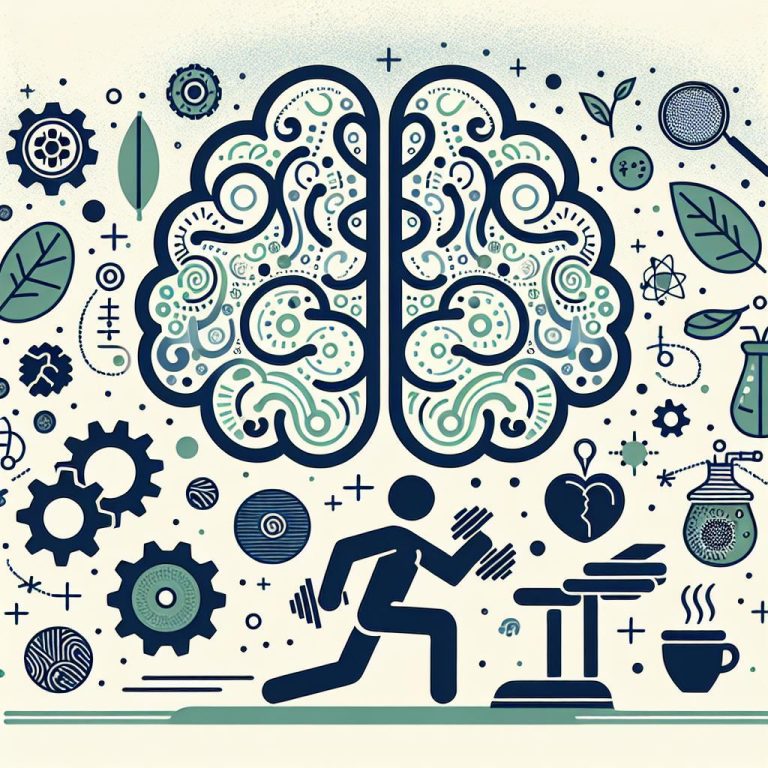How Can You Train Your Brain for Happiness?
Introduction
In a world often overshadowed by stress and negativity, the quest for happiness can sometimes feel daunting.Tho, numerous studies indicate that cultivating happiness is not merely a matter of luck or circumstance; it is indeed a skill that can be developed with thoughtful practice. Training your brain for happiness involves a combination of mindset shifts, mindful habits, and intentional actions. In this article,we will explore effective methods to retrain your brain,the inherent benefits of doing so,and real-life experiences that illustrate the positive changes you can expect.
Understanding Happiness
Happiness is not just an emotional state; it’s a complex interplay of thoughts,feelings,and behaviors. Research from psychology suggests that happiness is rooted in both genetics and habits. Approximately 50% of our happiness is influenced by genetics, 10% by life circumstances, and a remarkable 40% by our activities and behaviors.
The Science of Happiness
Before diving into practical tips, let’s understand the science behind happiness.Happiness is connected to the release of certain neurotransmitters, such as dopamine and serotonin. These chemicals play a crucial role in mood regulation. Training your brain for happiness involves fostering activities that stimulate the production of these neurochemicals.
benefits of Training Your Brain for Happiness
Investing time and energy into your happiness can yield an array of benefits, including:
- Enhanced Mental well-being: Regularly engaging in activities that promote happiness can decrease symptoms of anxiety and depression.
- Improved Physical health: Happiness is linked to a stronger immune system and lower risks of chronic illnesses.
- Stronger Relationships: Happiness fosters a positive social environment, leading to deeper connections with friends and family.
- Boosted Productivity: A happier mind is more focused and productive, making it easier to achieve personal and professional goals.
Practical Tips to Train Your Brain for Happiness
Training your brain to be happier isn’t an overnight process; it takes patience and commitment. Here are some effective strategies to get started:
1. Practice Gratitude
Studies have shown that maintaining a gratitude journal can significantly enhance your overall happiness.
- Tip: Write down three things you are thankful for each day. They can be simple, like a warm cup of coffee or a supportive friend.
2. Mindfulness Meditation
Mindfulness brings your attention to the present moment and helps reduce stress and anxiety.
- Tip: Allocate just 10 minutes a day for mindfulness meditation. Apps like Headspace or Calm can guide you through the process.
3. Engage in Regular Physical Activity
Exercise is one of the best ways to naturally boost happiness.
- Tip: Aim for at least 30 minutes of physical activity five times a week, whether it’s walking, yoga, or any activity that you enjoy.
4. foster Social Connections
Meaningful relationships can be the key to a happier life.
- Tip: Schedule regular catch-ups with friends or family. Engaging in community service also helps build connections.
5. Limit Negative Influences
Whether it’s toxic relationships, negative news, or social media, these can drain your happiness.
- Tip: Identify sources of negativity in your life and find ways to reduce or eliminate them.
6. Pursue Hobbies and Interests
Engaging in hobbies can lead to a state of flow, where you entirely immerse yourself in an activity.
- Tip: Dedicate time to activities you love, such as painting, gardening, or playing a musical instrument.
7. Seek professional Help When Needed
Sometimes, negative thoughts and feelings can be persistent and overwhelming.
- Tip: Don’t hesitate to consult a mental health professional if you’re finding it challenging to achieve happiness on your own.
Case Studies: Real-Life Experiences
Case Study 1: The Power of Gratitude
Emily, a 35-year-old teacher, struggled with burnout and negative thinking patterns. After starting a gratitude journal, she noticed a meaningful shift in her perspective. By acknowledging the positives in her daily life, she felt a renewed sense of purpose and joy.
Case Study 2: The Benefits of Mindfulness
John, a corporate executive, experienced high levels of stress. He discovered mindfulness meditation and began allocating 10 minutes daily to practice. Not only did he report feeling calmer and more centered, but he also found that his interpersonal relationships improved as he became more present.
Personal Experience: My Journey to Happiness
As a writer,I once found myself entrenched in a cycle of self-doubt and negativity. Recognizing the detrimental impact it was having on my creativity and output, I made a commitment to train my brain for happiness.I began journaling daily, focusing on moments of gratitude, and immersed myself in nature. These changes not only uplifted my mood but also re-energized my passion for storytelling.
Conclusion
Training your brain for happiness is a transformative journey that requires consistent practice and effort. By integrating strategies such as gratitude, mindfulness, physical activity, and social engagement into your life, you can cultivate a joyful mindset. The benefits are profound, impacting not only your mental well-being but also your physical health and relationships with others. Remember, happiness is not just a destination but a continuous journey, one that is worth navigating.
With dedication and persistence, anyone can retrain their minds and unlock the door to a happier, more fulfilling life. Embrace the process, celebrate small victories, and allow yourself to experience the myriad of benefits that happiness can offer.
Keywords:
- Train your brain for happiness
- Happiness techniques
- benefits of happiness
- Mindfulness practices
- Gratitude journal
Be sure to apply these practices consistently! Your journey towards enhanced well-being and joy starts today.











